Bruno Verjus is originally from Roanne in Loire, the home of Troisgros. After a career as a food writer, radio show host and blogger he set up this little restaurant in 2013. The atmosphere is casual, with an open kitchen and bar seats arrayed around this, along with one circular table. This cosy atmosphere means quite an interactive experience for the diner, who can see the dishes being prepared directly in front of them. The affable Mr Verjus is known as an ingredient expert, and his cooking showcases some of the best produce that France offers. The full tasing menu experience is priced at €300, though you can also choose three courses a la carte. I went for the tasting menu.
The wine list is well worth exploring and is carefully put together. There are fine producers, obscure pleasures and some real bargains tucked away. Jacques Selosse Initial champagne costs €440 in a shop, yet here was listed at €209. It is hard to find Clos Rougeard wines these days, but the list here had seven different offerings, such as Clos Rougeard Les Poyeux 2015 at €339 compared to its current market value of €362. I could not resist the sublime Coche-Dury Meursault 2018, whose current market price is €627 but on the list here was just €349.
The surprise menu started with a very pretty “colour of the day” salad featuring assorted lightly cooked vegetables, herbs and flowers, garnished with bottarga from the highly rated Trikalinos in Greece, along with a dressing made from wine vinegar and green fig oil. This dish reminded me a little of the gargouillou dish of Michel Bras, though this was not quite so elaborate (17/20).
Bread was supplied from a nearby baker called Boulangerie Persephone, and was very good indeed. The initial salad was followed by a take of Greek salad. In this case the tomatoes were from the south of France, feta from a small producer in Greece, onion oil made of roast onion and flavoured with honey, and finally Kalamata olive oil. The tomatoes had superb flavour and the other elements all exuded high quality (18/20).
Next were sardines from Saint Gilles Croix de Vie in Loire, a commune noted for the quality of its sardines. These were accompanied by taramasalata, fig leaf oil and pepper oil, and again the quality of the ingredients really stood out (17/20). This was followed by a raw shrimp from Roses in Spain, served with a cream made from the head jus of the prawn, pepper oil and oscietra caviar from the large supplier Petrosian. The combination of the sweet prawn and briny caviar worked well (16/20).
The next dish featured lobster that was not actually cooked but instead had been tempered in warm clarified butter. This produced a lovely juicy texture, the shellfish served on a base of tomato, a mayonnaise flavoured with lovage, fennel and parsley, and a garnish of sea herbs. This was a terrific dish, the texture of the lobster remarkable (18/20). This was followed by a garden dish of herbs and flowers resting in a warm with jus of mushrooms using girolles and champignons de Paris. The mushroom broth had real depth of flavour and the herbs nicely enhanced the flavour of the mushrooms (16/20).
Next was red mullet along with little cakes of celeriac made using salt derived from lobster shells as well as a rich sauce made from the liver and head of the fish. Red mullet is a fish than can be either magnificent or miserable, needing careful sourcing and precise cooking. Here it was expertly prepared, while the earthiness of the lovely celeriac nicely offset the richness of the sauce (18/20).
Next was a handsome tuna steak that had been matured and served with turnips cooked with parsley, sorrel, verbena and kumquat. The tuna was lovely but star was the side dish of turnips, which had fantastic flavour. This is not a description that you see too often when discussing turnips, but these really were remarkable, perfectly cooked and with flavour just enhanced by the slight bitterness of the herbs they were cooked with (18/20).
The final course was pigeon from Brittany from a supplier called Joel Poirier, who also supplies three-star Michelin restaurants run by Alain Passard and Alexandre Mazzia. The pigeons arrive at the restaurant beautifully wrapped, and here they get a similar level of care and attention in their cooking. The pigeon breast and leg had superb flavour and texture, served with beetroot and anchovies and a rich pigeon jus. I am a fan of pigeon and have had some lovely ones over the years, but this was as good as any I have eaten (20/20).
With such an extensive meal there was no cheese board as such, but as a gesture was an interesting 18 month aged Black Brie, a cheese from Ferme Sainte Colombe near Coulommiers. The family farm raises just 35 free range Montbéliard dairy cattle on 70 hectares of pasture. The unusual cheese came with a dollop of coffee butter.
Dessert was a chocolate tart with an unusual touch. We are used to salted caramel and so can see how well salt can combine with chocolate. Here caviar infused with capers is used instead, atop a pate sable and ganache made with Venezuelan chocolate from chocolatier Francois Pralus from Roanne. His reputation is such that his customers include Guy Savoy, Georges Blanc and Pierre Herme, and the chocolate was indeed top notch. I was a bit nervous about how the caviar would combine but actually it worked very well, reminiscent of the effect of salted caramel chocolate (18/20). Finally, there was a dessert of fig roasted in the oven on a base of pastry reminiscent of a macaron (probably a dacquoise), along with fig leaf infused with frozen milk. There was also fig milk rather like an ice cream and an infusion of fig oil (17/20). Coffee was from Ethiopia, a fruity coffee from a roaster called Esperanza in Saint Denis, not far from Paris. The coffee was lovely, from the Taramesa cooperative in the Sidama region of Ethiopia.
This was a very impressive meal, and I was very taken by my waiter (Sigurd Hoste), whose English was flawless and had infinite patience as he happily answered my questions about the dishes. At €300 for the food this was not a cheap outing €649 in all (£556) due to my indulgence in the Coche Dury, but of course you could instead order three courses and share a modest bottle of wine. If you took that route then a more typical cost per person might be around €200 (£171). Paris has many grander restaurants than this but if you are really interested in the food rather than the opulence of the dining room then Table is a real delight. The produce here is as good as anywhere you will find and the cooking technique is excellent, so you can just relax and enjoy the glorious vegetables, seafood and meat that appears on your plate, course after glorious course. This gets a mere one Michelin star, which is absurd.






















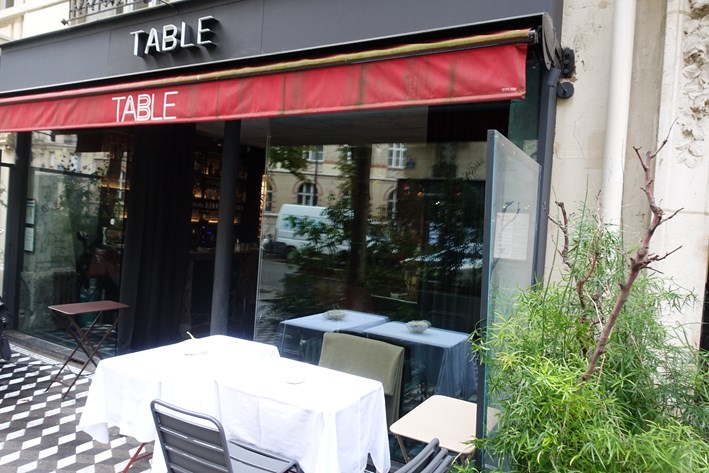


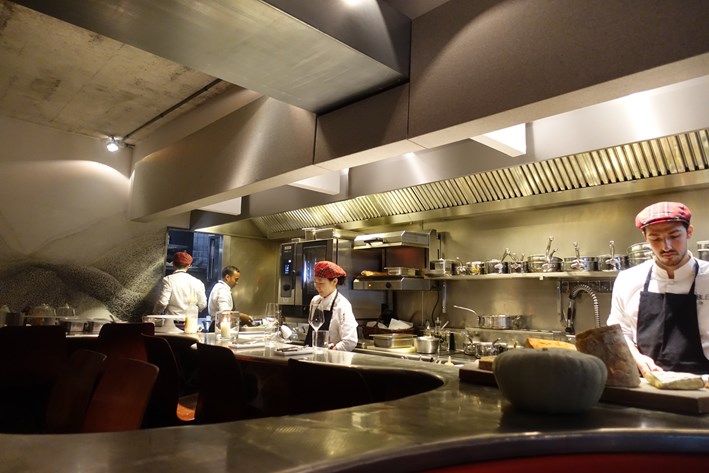
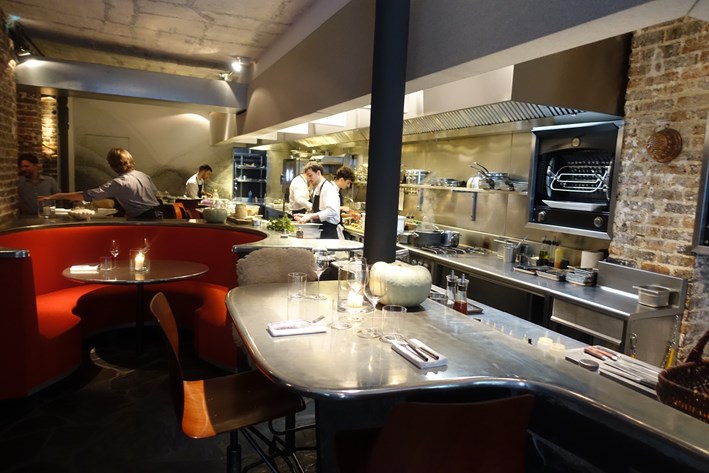



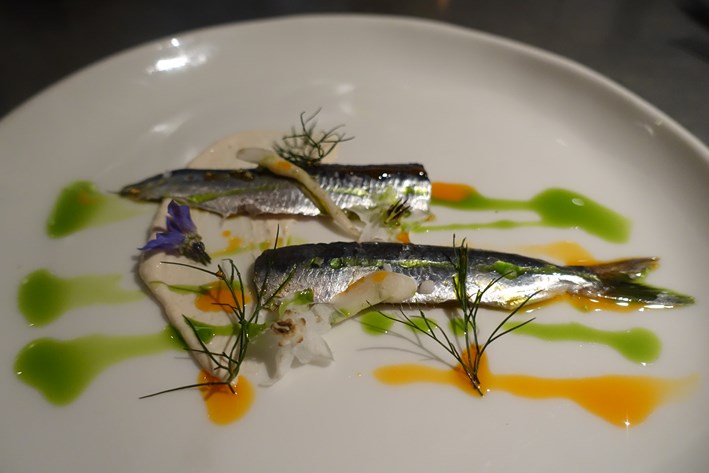

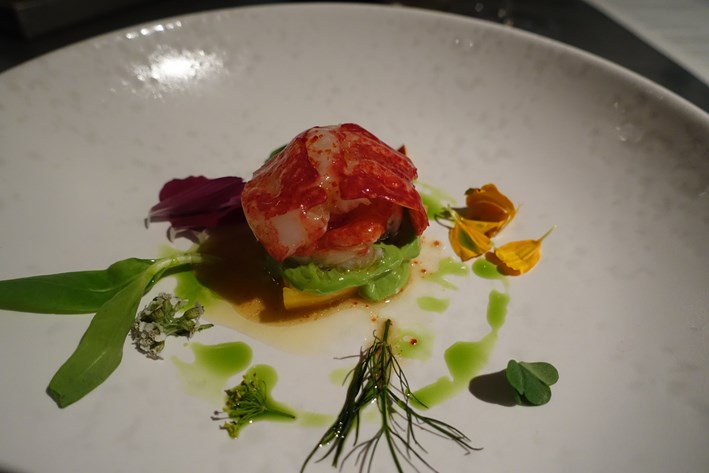
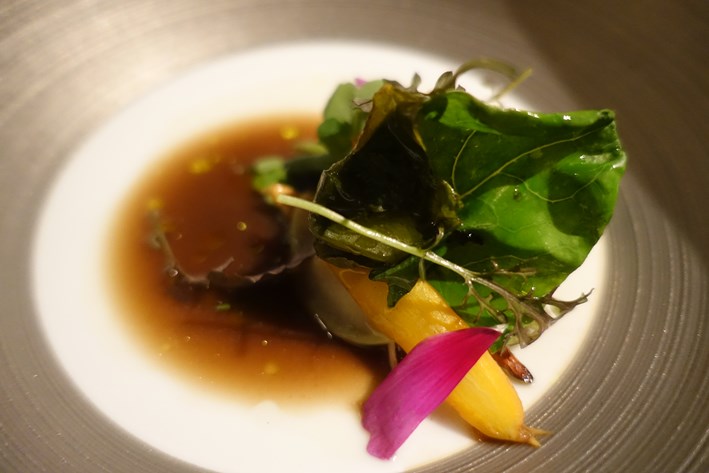


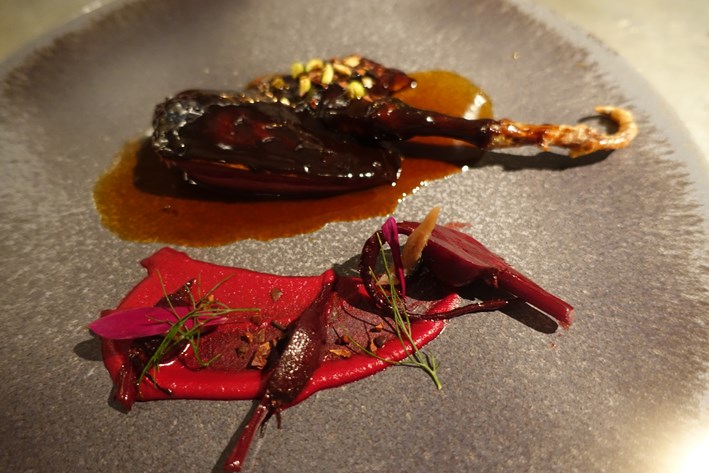

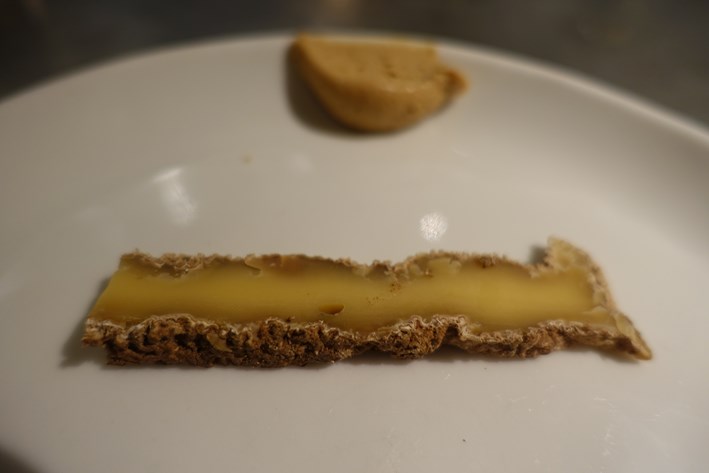
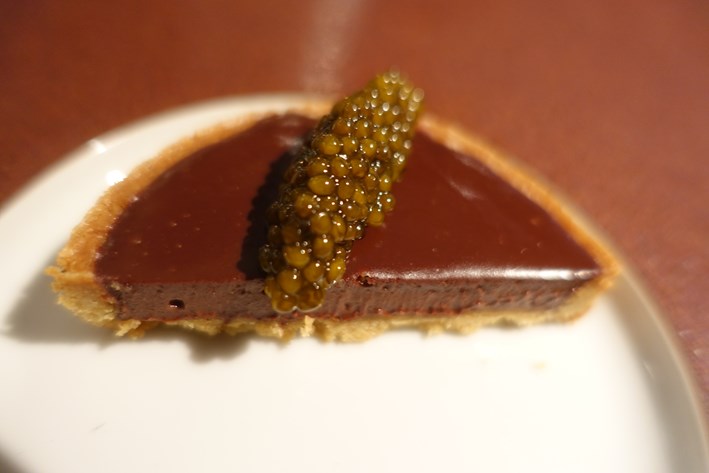
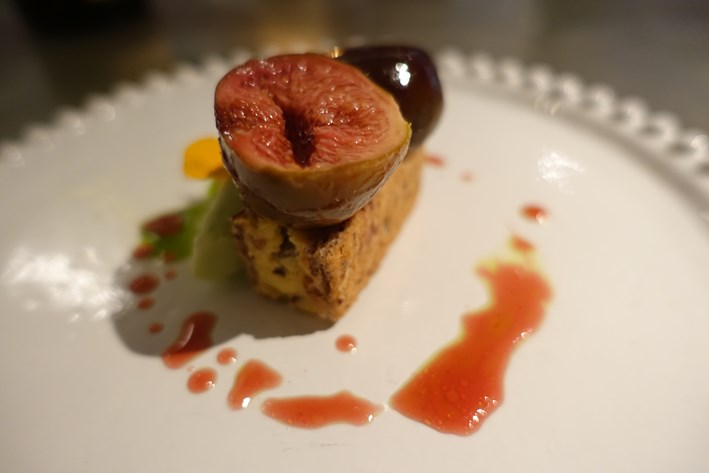

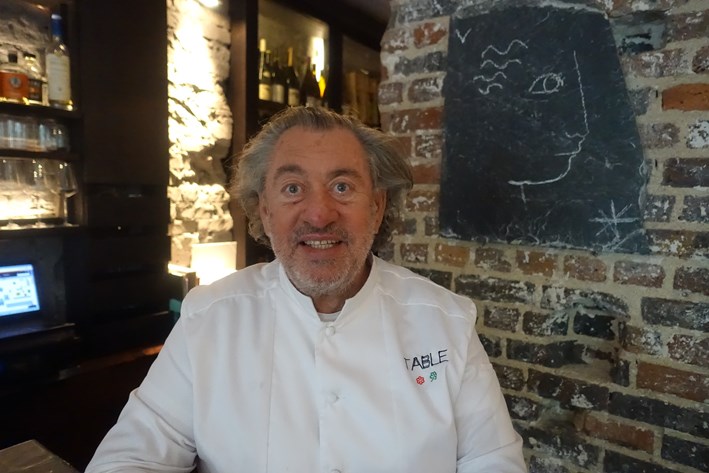

Add a comment
Thank you for submitting your comment, this will be checked and added to the website very soon.
User comments